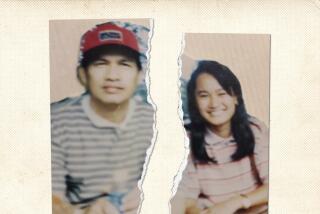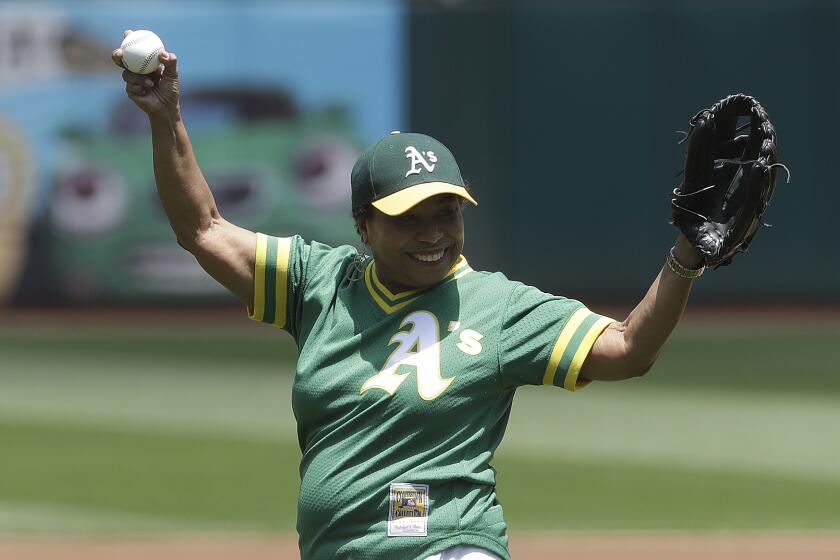D.A. to retry Lisker in mother’s 1983 slaying
Two weeks after his murder conviction was overturned, Bruce Lisker appeared Friday in Los Angeles County Superior Court to once again face charges for the 1983 slaying of his mother.
During a brief hearing in front of Judge Peter Espinoza, Lisker, dressed in a dark suit, listened as the prosecutor read the same murder charge that was filed in 1983 and asked him how he pleaded.
“Not guilty,” Lisker, 44, responded.
In an interview with The Times after the hearing, Lisker said he was confident that he would be exonerated at a retrial.
“I’m feeling pretty good,” he said. “This isn’t like my last [trial]. The truth is coming out now. I want to prove my innocence. I look forward to that.”
The arraignment in downtown L.A. came a week after Lisker was released from prison, where he spent more than 26 years. Los Angeles County Dist. Atty. Steve Cooley decided to retry Lisker despite the findings of two federal judges who concluded that there was very little evidence supporting the original conviction.
Sandi Gibbons, a district attorney’s spokeswoman, said the office would have no comment on the case.
The D.A.’s decision came one day after lawyers for the state attorney general filed court papers saying they would not appeal U.S. District Judge Virginia Phillips’ reversal of the conviction.
Lisker’s attorneys said they were disappointed with the D.A.’s decision but were prepared to go to trial.
“We remain hopeful that the district attorney will come to the conclusion that the public interest here calls for him not to prosecute Bruce Lisker a second time,” said William Genego, one of Lisker’s attorneys. “But if he doesn’t, we are certainly prepared to proceed.”
Lisker has long proclaimed his innocence and maintained that he was the victim of an LAPD detective who conducted a sloppy and incomplete investigation into his 66-year-old mother’s slaying. In overturning the conviction, Phillips ruled that Lisker was prosecuted on “false evidence” and was poorly represented by his attorney.
Her findings mirrored those of a seven-month investigation by The Times, published in 2005.
In 1985, the prosecution’s case hinged largely on four elements: Blood spatter on Lisker’s clothes implicated him; police believed it impossible for him to have seen his mother lying on the floor from outside the house; he confessed to a jailhouse informant; and police said bloody shoe prints placed only him at the scene.
At an evidentiary hearing in federal court, each of those elements was undermined or disproved. For example, an LAPD analyst and an FBI expert testified that a bloody print found in the bathroom of the Lisker house in Sherman Oaks and attributed to Lisker at trial was not made by his shoes.
The attorney general arguing in support of the conviction pointed to confessions that Lisker made while trying to secure a plea deal and while seeking parole. Prosecutors will probably seek to use those statements against Lisker at a retrial.
Lisker has said his admissions were bogus and were desperate attempts to get out of prison.
Judge Phillips, in adopting U.S. Magistrate Judge Ralph Zarefsky’s findings in the case, had dismissed the confessions, calling them “self-serving when they were made and unaccompanied by verifying details.”
--
scott.glover@latimes.com
More to Read
Sign up for Essential California
The most important California stories and recommendations in your inbox every morning.
You may occasionally receive promotional content from the Los Angeles Times.











